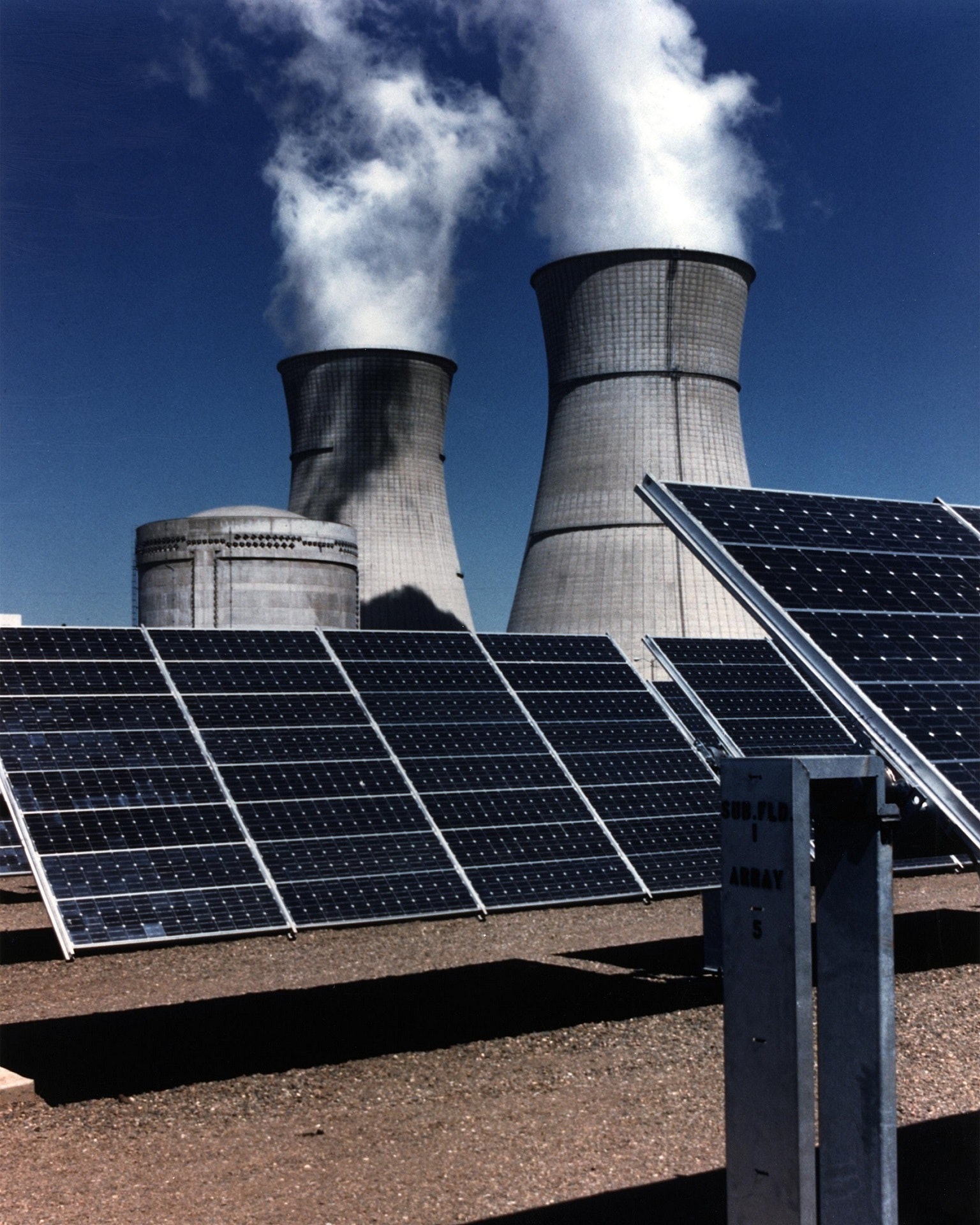In traditional utility rate cases, the first task is to determine the utility's overall revenue requirement, in order to adequately compensate the utility for its services. Our accounting, financial and engineering experts often provide testimony and evidence related to utility revenue requirements.
Normally, a utility is allowed to collect through rates, revenues that recover its expected reasonable expenses and allow it an opportunity to earn a reasonable return on its prudent and useful investments in assets used to provide utility service. The determinations of these values are based on financial and economic evaluation of conditions during a snapshot of time, called a "test year," in which all investments, expenses and sales can be examined on a comparable basis.
Although some jurisdictions express the formulation somewhat differently, nearly all boil down to some form of the following method for determining the utility's revenue requirement.
the utility's revenue requirement.
Revenue Requirement = [Rate Base x Rate of Return (ROR)] + operating expenses
In the above, "Rate Base" refers to the net value of the utility's investment in facilities (original cost less accumulated depreciation) and its other long term or continuing outlays of (or holding of) funds needed for operations, e.g. working capital. Multiplying Rate Base times ROR, yields a measure of return on investment.
"ROR" refers to the utility's allowable or target rate of return on investment and is normally set to equal a utility's overall cost of capital. This overall cost of capital reflects the blended cost of the utility's sources of capital used to support its operations, in proportionate share. The sources most often considered are long term debt (determined by actual bonds outstanding) and common equity (ROE), i.e. shareholders' returns. The determination of an appropriate ROE in a rate case is often the most impactful and most contentious part of the revenue requirements. Various quantification and estimation methods are used to estimate the necessary ROE.
"Operating Expenses" represent the costs utilities incur to operate that are not capital investments. As mentioned, normally the approved rates for a utility are set to allow it to recover its reasonable operating expenses. These include major items such as fuel costs, labor costs, depreciation expense, interest expense, taxes and other items. If a utility's allowed expenses in a rate case exceed its actual expenses under the new rates, there is the potential for earning returns above the approved ROR, until rates are adjusted again to take this, and all other relevant factors, into account. This potential makes it critical to ensure that allowed expenses truly reflect the best estimation of expenses. However, this opportunity to affect earnings between rate cases, sometimes referred to as the "regulatory lag" period, also provides utilities an incentive to control costs, to the benefit of it and its customers.
Determining a fair and appropriate revenue requirement for a utility involves examination of many financial statements, economic analyses, budget documents, special studies, etc, and takes months to complete. Our professionals are experienced and adept at identifying the major revenue requirement issues in rate cases and providing testimony and evidence on the proper levels.
 Consultbai.com
Powerfule Connections for Energy Solutions.
Consultbai.com
Powerfule Connections for Energy Solutions.

